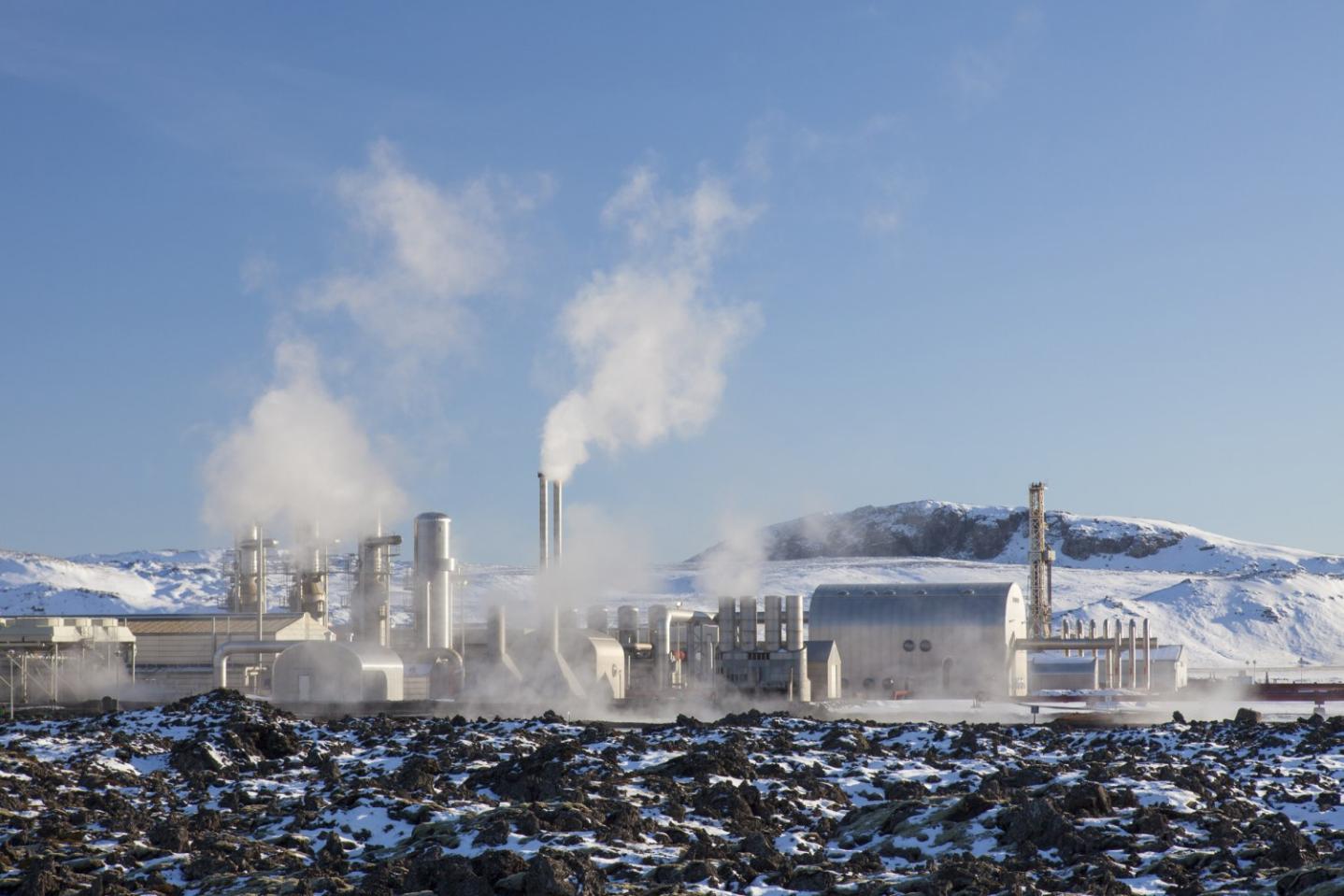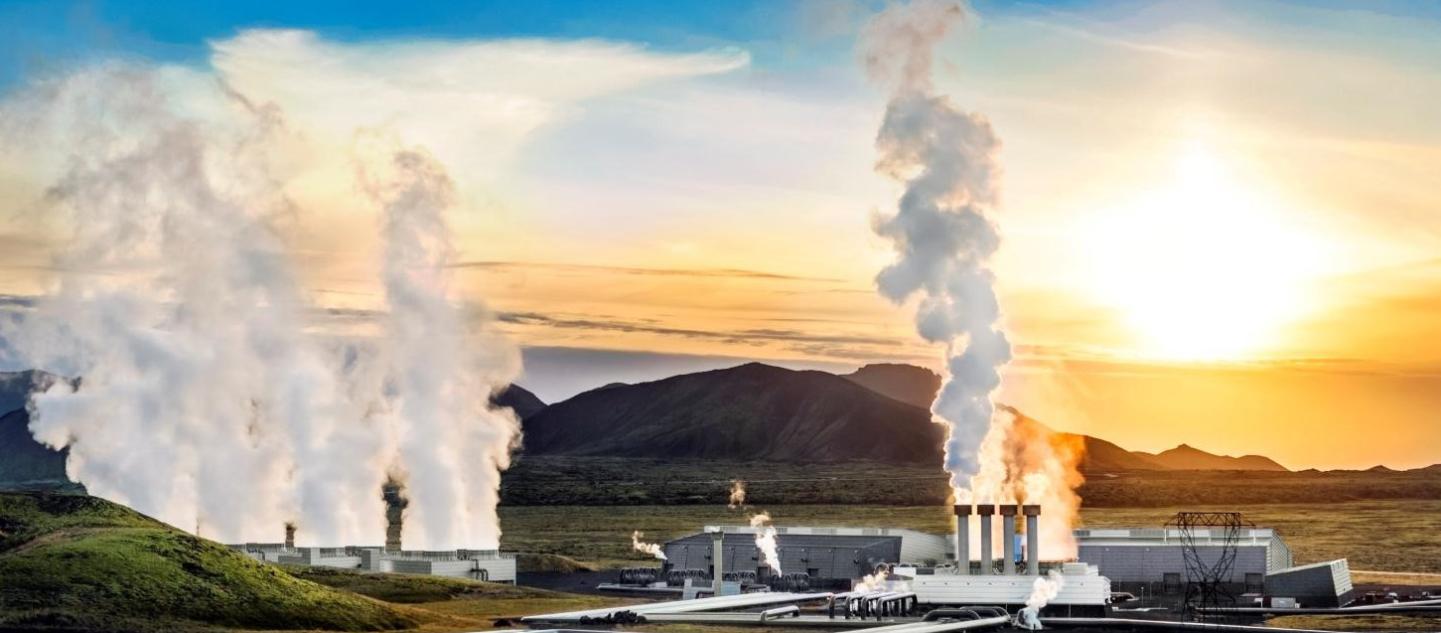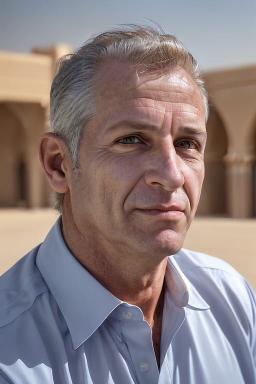How Does Geothermal Energy Work?
Geothermal energy is a renewable energy source that harnesses the Earth's internal heat to generate electricity and provide heating and cooling for buildings. It is a clean, sustainable, and reliable energy source that has the potential to make a significant contribution to the world's energy needs.

Understanding Geothermal Energy
The Earth's internal heat is generated by the decay of radioactive elements, the gravitational compression of the Earth's core, and the tidal forces exerted by the Moon and Sun. This heat is transferred to the Earth's surface through conduction, convection, and radiation.
Types Of Geothermal Resources
- Hydrothermal: Hot water and steam systems are the most common type of geothermal resource. They are found in areas where water has been heated by contact with hot rocks deep underground. The water and steam can be used to generate electricity or to provide heating and cooling for buildings.
- Petrothermal: Hot dry rock systems are found in areas where there is hot rock but no water. These systems can be used to generate electricity by drilling deep boreholes into the rock and circulating a fluid through the holes. The fluid is heated by the rock and then used to turn a turbine.
- Geopressured: High-pressure systems with hot water and methane are found in sedimentary basins. These systems can be used to generate electricity or to produce methane gas.
Geothermal Power Plants
Geothermal power plants use the Earth's heat to generate electricity. The process begins by drilling a well into a geothermal reservoir. The hot water or steam from the reservoir is then piped to the power plant, where it is used to turn a turbine. The turbine is connected to a generator, which converts the mechanical energy of the turbine into electricity.
Types Of Geothermal Power Plants
- Dry Steam Power Plants: These plants use high-pressure steam directly from the geothermal reservoir to turn a turbine. Dry steam power plants are the most efficient type of geothermal power plant.
- Flash Steam Power Plants: These plants convert hot water from the geothermal reservoir into steam by reducing the pressure of the water. The steam is then used to turn a turbine. Flash steam power plants are less efficient than dry steam power plants, but they can be used to generate electricity from lower-temperature geothermal reservoirs.
- Binary Cycle Power Plants: These plants use a secondary fluid, such as isobutane or pentane, to generate electricity. The secondary fluid is heated by the hot water or steam from the geothermal reservoir and then used to turn a turbine. Binary cycle power plants are less efficient than dry steam and flash steam power plants, but they can be used to generate electricity from even lower-temperature geothermal reservoirs.
Geothermal Heating And Cooling Systems
Geothermal energy can also be used to heat and cool buildings. Geothermal heating and cooling systems use the Earth's constant temperature to provide a comfortable indoor environment. In the winter, heat is extracted from the Earth and used to warm the building. In the summer, heat is removed from the building and transferred to the Earth.
Types Of Geothermal Heating And Cooling Systems
- Ground Source Heat Pumps: These systems use a loop of pipes buried underground to circulate a fluid. The fluid absorbs heat from the Earth in the winter and releases heat to the Earth in the summer. The heat pump then uses the heat from the fluid to warm or cool the building.
- Direct Geothermal Heating: These systems use hot water or steam directly from the geothermal reservoir to heat the building. Direct geothermal heating systems are more efficient than ground source heat pumps, but they are also more expensive to install.
Benefits Of Geothermal Energy
- Renewable and Sustainable: Geothermal energy is a renewable and sustainable energy source that does not produce greenhouse gases.
- Low Greenhouse Gas Emissions: Geothermal energy produces very low levels of greenhouse gases, making it a clean and environmentally friendly energy source.
- Minimal Land Use Requirements: Geothermal power plants require less land than other types of power plants, such as coal-fired power plants or solar farms.
- Stable and Reliable: Geothermal energy is a stable and reliable energy source that is not affected by weather conditions.
- Long-Term Cost-Effectiveness: Geothermal energy is a cost-effective energy source over the long term, as the cost of fuel is relatively low.
- Job Creation and Economic Development Opportunities: The development of geothermal energy can create jobs and boost economic development in rural areas.
Challenges And Limitations Of Geothermal Energy
- High Initial Investment Costs: The initial investment costs for geothermal power plants are high, which can make it difficult to finance new projects.
- Site-Specific Geological Conditions: Geothermal resources are only available in certain geological areas, which can limit the development of geothermal energy.
- Potential for Induced Seismicity: The development of geothermal reservoirs can sometimes trigger earthquakes. However, the risk of induced seismicity can be minimized by careful planning and management.
- Limited Availability in Certain Regions: Geothermal energy is not available in all regions of the world. This can limit the potential for geothermal energy to contribute to the global energy mix.
- Fluctuations in Energy Output: The output of geothermal power plants can fluctuate depending on the temperature of the geothermal reservoir. This can make it difficult to integrate geothermal energy into the grid.
- Environmental Impacts: The development of geothermal energy can have some environmental impacts, such as noise and odor. However, these impacts can be minimized by careful planning and management.

Geothermal energy is a renewable, sustainable, and reliable energy source that has the potential to make a significant contribution to the world's energy needs. However, the development of geothermal energy faces a number of challenges, including high initial investment costs, site-specific geological conditions, and the potential for induced seismicity. Continued research and development are needed to overcome these challenges and expand the use of geothermal energy.
YesNo

Leave a Reply